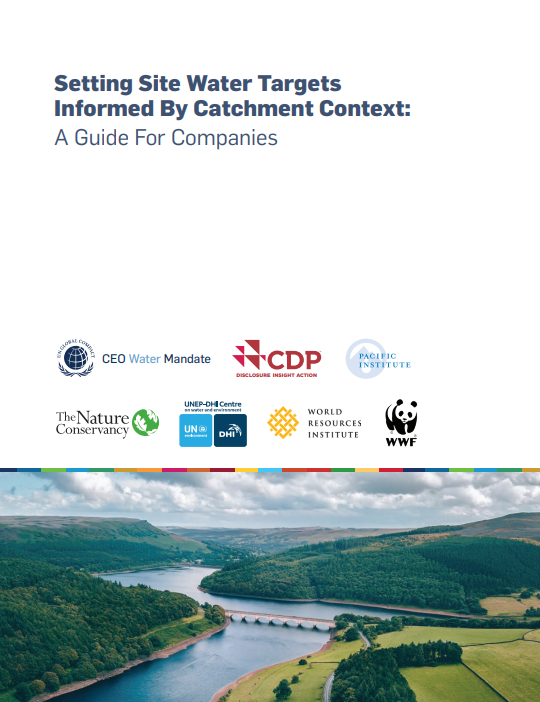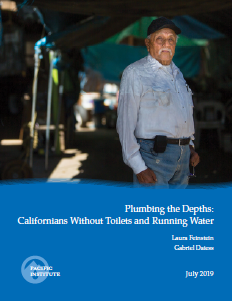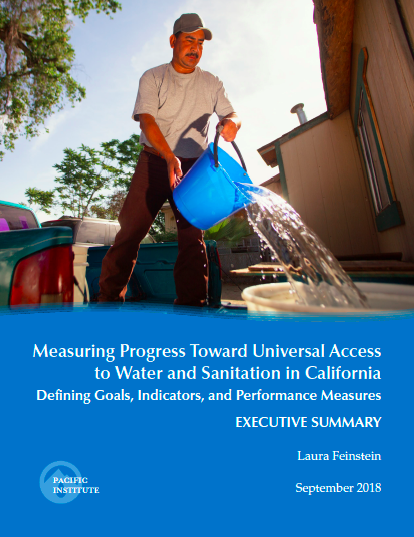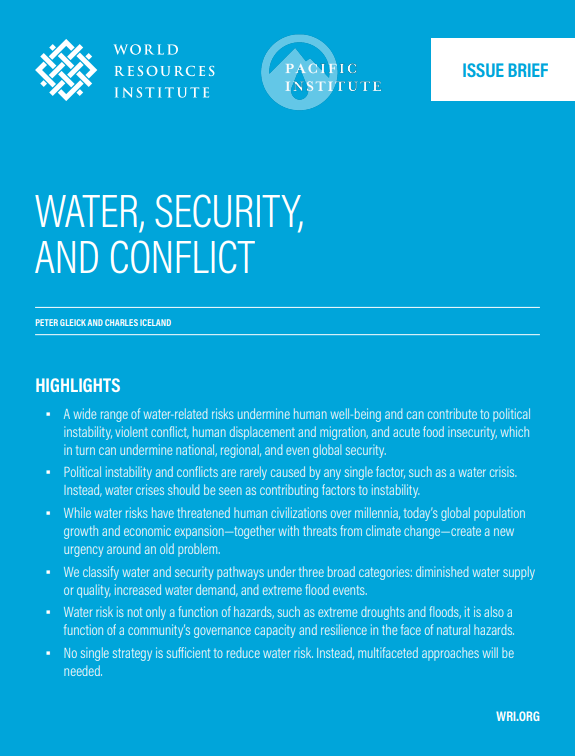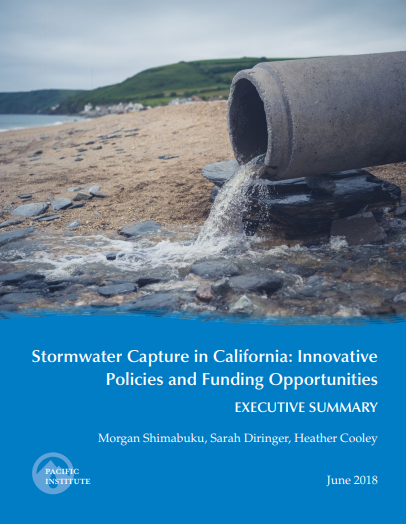1064 Resources
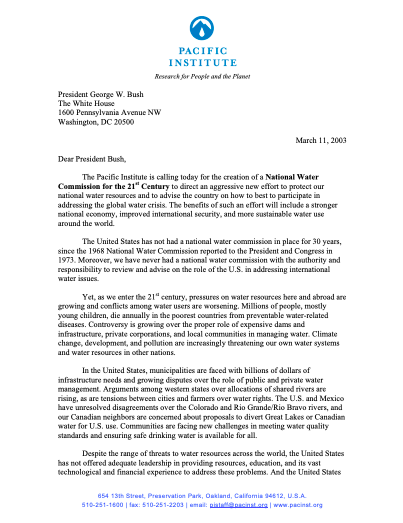
Valuing Water for Better Governance: How To Promote Dialogue To Balance Social, Environmental, And Economic Values?
March 10, 2003 | publication
Solving the freshwater crisis requires significantly more investment and spending in the water sector, but getting more money requires broad agreement among stakeholders.
Pacific Institute Releases 15-Year Anniversary Report
February 28, 2003 | publication
The report details the work of our various programs, covers their successes and results, and offers history and background about some of the most pressing challenges we face: climate change, threats to our water resources, terrorism and conflict, the perils of globalization, and the importance of environmental justice.
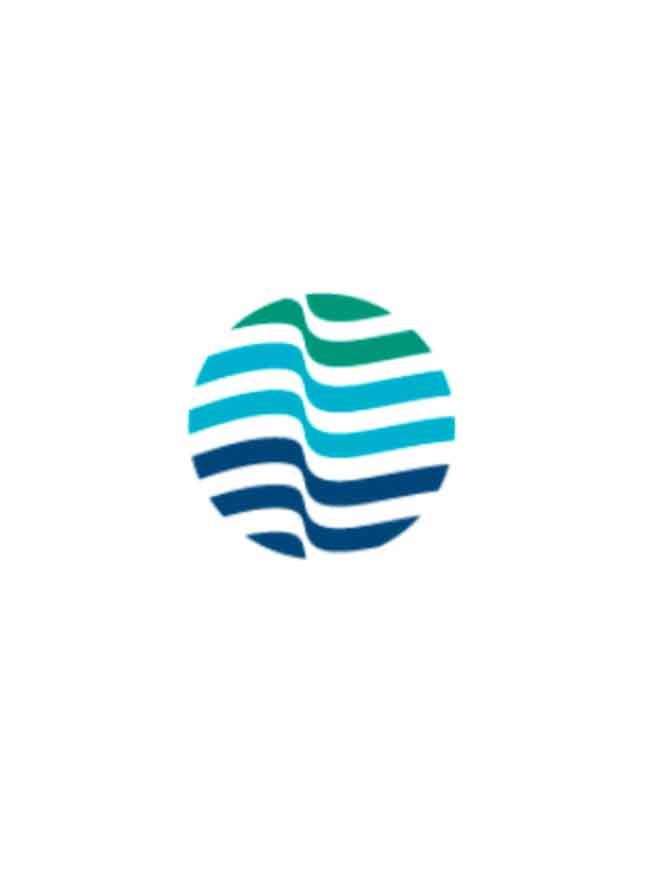
Fact Sheet on the Proposed Imperial Valley-San Diego Water Transfer
December 20, 2002 | publication
On December 9, 2002 the Imperial Valley Irrigation district voted not to transfer water to San Diego as outlined in the Hertzberg negotiated settlement. This means that the proposed Quantification Settlement Agreement (QSA) will not go forward. If this deal falls through, California's Metropolitan Water District (MWD) will get 800,000 acre-feet less water next year.

Environmental Security: A Case Study of Climate Change
August 26, 2002 | publication
From increases in infectious diseases and uncertainty in food markets to more frequent and intense natural disasters, increased CO2 emissions have the potential to destabilize economies and spark global conflict.

Review: The Skeptical Environmentalist
August 20, 2002 | post
A recent book challenges some of the fundamental understandings of the environmental science community and argues that instead of deteriorating, the world’s most critical environmental conditions are improving. The Skeptical Environmentalist, by Danish statistician Bjørn Lomborg...
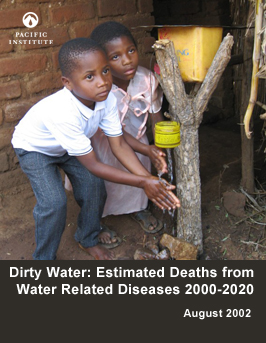
Dirty Water: Estimated Deaths from Water Related Diseases 2000-2020
August 12, 2002 | publication
Inadequate access to safe drinking water and sanitation systems is a critical human health issue that impacts billions of people around the globe.
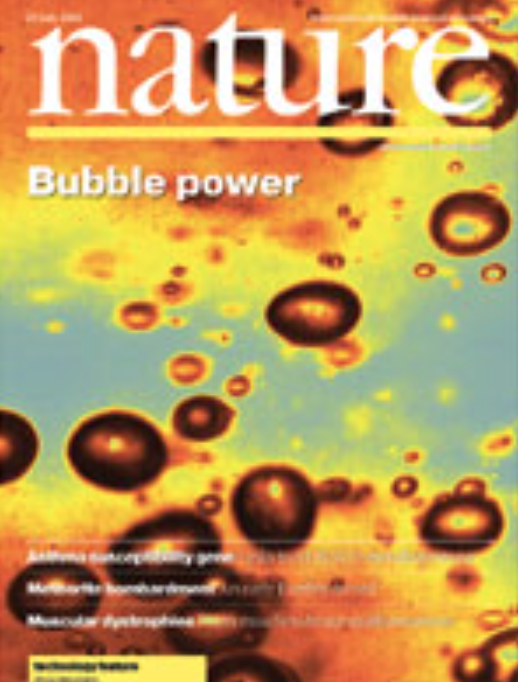
Water Management: Soft Water Paths
July 25, 2002 | publication
The soft path seeks to improve the overall productivity of water use and deliver water services matched to the needs of end users, rather than seeking sources of new supply.
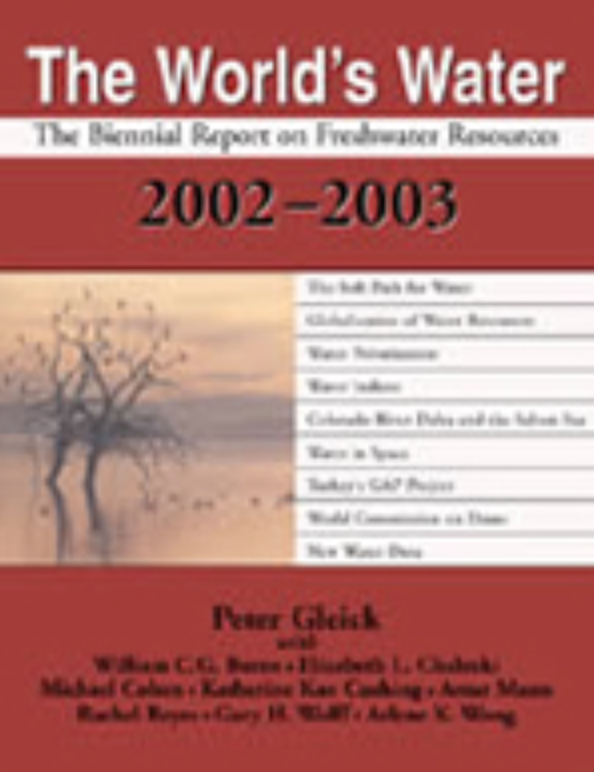
The World’s Water, Volume 3
June 28, 2002 | publication
The third volume in the The World’s Water book series, The World’s Water: 2002-2003 explores and proposes solutions to a variety of critical water issues including the global water crisis, global warming and water, the privatization and globalization of water, and and water-related conflicts.
Fire and Water: An Examination of the Technologies, Institutions, and Social Issues in Arms Control and Transboundary Water-Resources Agreements
June 20, 2002 | publication
This report explores how technologies developed to control the spread of weapons can be used to improve agreements over shared natural resources.
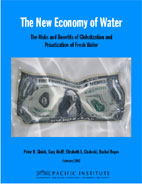
The New Economy of Water: The Risks and Benefits of Globalization and Privatization of Fresh Water
February 26, 2002 | publication
In an increasingly globalized economy, the privatization of water as an economic good has sparked complex debate.
Neighborhood Knowledge for Change: The West Oakland Environmental Indicators Project
January 23, 2002 | publication
The Environmental Indicators Project is the culmination of two years of research, analysis, and collaboration between the grassroots advocacy group
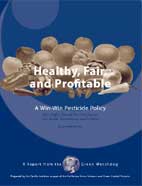
Healthy, Fair, and Profitable: A Win-Win Pesticide Policy
January 12, 2002 | publication
This report released by the Pacific Institute and the California Green Scissors project makes the case for changing the way pesticides are regulated in California.
Creating a Framework for Sustainability in California: Lessons Learned from the New Zealand Experience
December 12, 2001 | publication
New Zealand’s attempt to integrate environmental protection and resource management with a “goals-based” policy framework can help serve as a guide for California as it continues to grapple with resource scarcity.
Op-Ed: Don’t Drill the Arctic: Renewable Energy is Safer, Cleaner, More Secure
December 2, 2001 | publication
The terror attacks of September 11 have brought the vulnerabilities of modern America into stunning relief. Our airports, airplanes and office buildings were far more open to attack then most imagined. And, according to many policy makers and scientists, so is our oil-based economy.
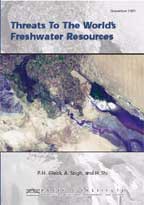
Threats to the World’s Freshwater Resources
November 10, 2001 | publication
As we move into the 21st century, water managers and policymakers must face new threats to the world's freshwater resources.
Defining Transparency: Expectations and Obstacles
October 24, 2001 | publication
The proceedings of a recent workshop jointly hosted by the Pacific Institute and the Global Environmental Management Initiative (GEMI) are now available.
Op-Ed: A Proposal to Preserve and Enhance Habitat at the Salton Sea
October 4, 2001 | publication
Recent discussions and legislative efforts at the state and federal level have again focused attention on the Salton Sea. These recent discussions, on the potential impacts on the Salton Sea of a proposed water transfer from Imperial Valley to the San Diego area, have highlighted the challenges faced by those working to address the current and future problems of the Sea, and the inadequacy of any temporary or piecemeal approach.
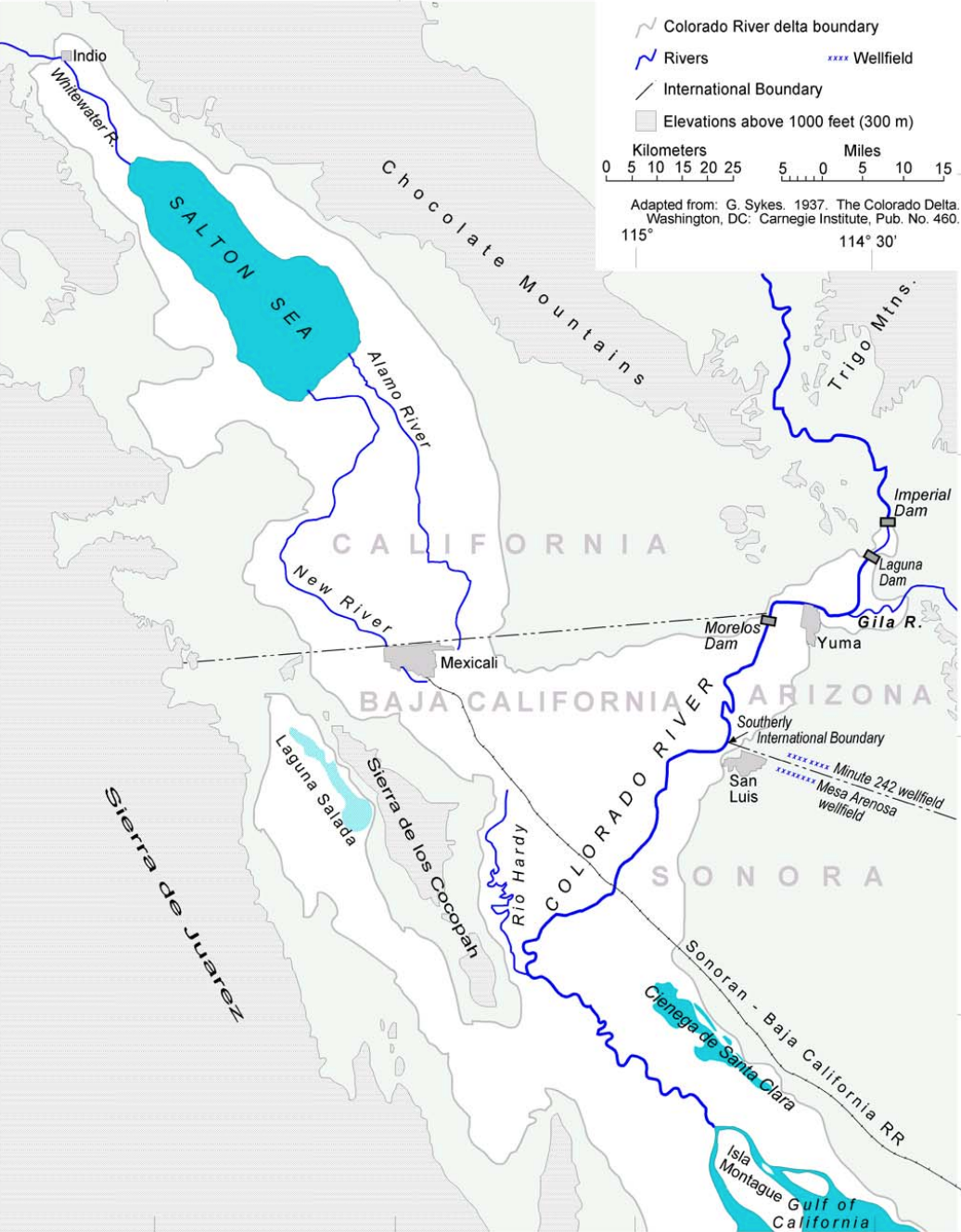
Missing Water: The Uses and Flows of Water in the Colorado River Delta Region
September 26, 2001 | publication
This report represents the first time comprehensive flow data was compiled for the entire Colorado River Delta region.
A New Vigilance: Identifying and Reducing the Risks of Environmental Terrorism
September 26, 2001 | publication
As the global population increases, the world’s existing resources -- water, energy, soil, and more -- are being consumed at an increasing rate.
The National Assessment of the Impacts of Climate Variability and Change
September 26, 2000 | publication
The National Assessment of the Impacts of Climate Variability and Change was a groundbreaking attempt to evaluate the impacts of climate change on the United States.
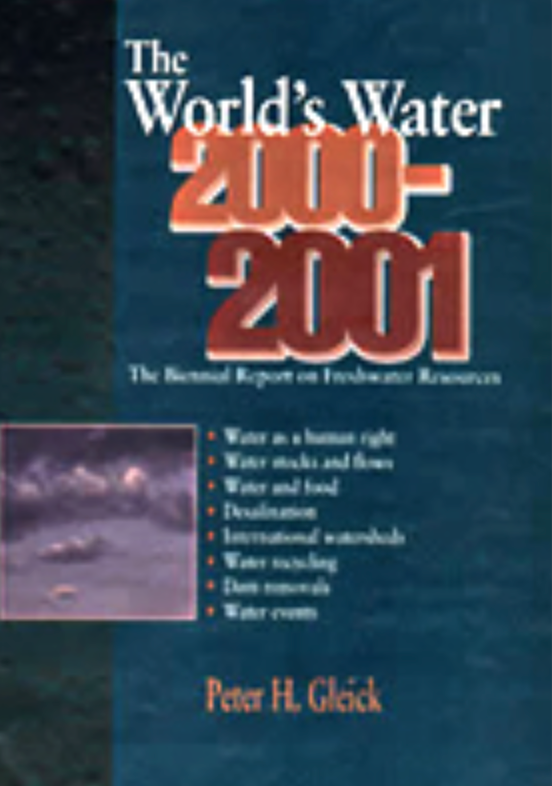
The World’s Water, Volume 2
June 1, 2000 | publication
The second volume of The World’s Water contains new chapters on global water use projections, international river basins, the complex connections between water and food production, desalination, wastewater treatment and reuse, and the legal issues around a human right to water.
Brownfields Redevelopment: Meeting the Challenges of Community Participation
May 26, 2000 | publication
Brownfields are the abandoned or idled commercial and industrial properties that dot our urban and rural landscapes. They often remain unused because of real or perceived contamination, liability risks, and the costs of cleanup.

Comments on the Salton Sea Restoration Project
May 15, 2000 | publication
This document contains comments submitted by the Pacific Institute on the Salton Sea Restoration Project and on the January 2000 draft Environmental Impact Statement/Environmental Impact Report (DEIS) and supporting documents.
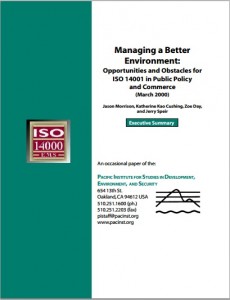
Managing a Better Environment: Opportunities and Obstacles for ISO 14001 in Public Policy and Commerce
March 1, 2000 | publication
Environmental policy is in transition. Many observers believe that the existing regulatory system, though it has accomplished great improvements in environmental quality, is approaching the limits of its effectiveness.
Page 42 of 43



